Because 3D printing has efficient prototyping capabilities and flexible customization functions, it is widely used in all walks of life. Its emergence allows the design team to iterate a large number of experimental versions with different materials and designs in a short time, accelerating the process of product development and marketization, and the highly customized ability makes it possible to realize the ideas. There is no need for expensive mold opening, complicated processing, and lengthy waiting, so this time-saving and labor-saving manufacturing method is rapidly popularized.
At present, although 3D printing has not yet achieved full commercialization, it is in a state of vigorous development in scientific research and industry. Since 2013, financing in the field of 3D printing has increased significantly. Large manufacturing companies such as GE and Siemens have also attached great importance to the long-term potential of 3D printing technology and have invested heavily in technology research and development and production. According to IDC forecasts, the global 3D printing market will reach nearly 120 billion U.S. dollars in 2018. As technology penetrates more design studios and factory floors, the potential applications are almost endless.
1. Industrial automation
Automobile manufacturing and other related equipment
Automobile companies are increasingly using 3D printing to manufacture spare parts, fixtures and interior components. Thereby reducing dependence on external suppliers and speeding up the pace of entering the market. 3D printing is also relatively mature in applications such as printing bicycle parts and portable skateboards. In the future, cyclists may stop at rest stops to print replacement parts for their bikes or new custom helmets. Skateboard enthusiasts can choose the specific materials, design and technical elements they want in the new skateboard to realize the personalized generation that is ready for use.
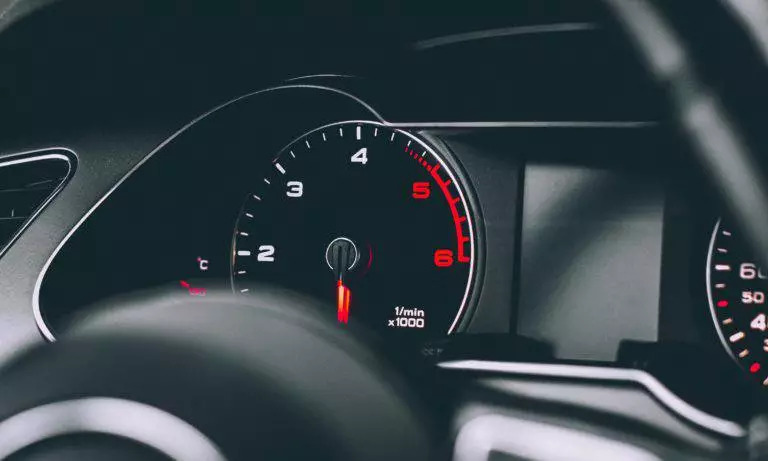
Drone
In the process of using drones, it is often necessary to replace some small zeros. In the field of retail consumption, consumers can buy 3D printing kits to print drone accessories at home, or order certain parts on the official website, according to customer requirements To achieve unique customization. In the military field, the U.S. Army researchers and the Marine Corps cooperate to develop 3D printed UAVs that can be customized for specific tasks, and the printing speed is super fast, which only takes less than one day.
Agriculture field
3D printing provides more autonomous possibilities for farms, especially for small farms in remote areas. Some farmers in areas with poor infrastructure and no access to agricultural tools are using 3D printing to prototype new tools. In the future, if farmers can print any tools and parts they need, they will be exempt from the procurement process of Pommel, and the efficiency of agricultural production will also be greatly improved.
Aerospace

The International Air Transport Association (IATA) predicts that by 2035, 7.2B passengers will travel by air. To meet demand, aircraft manufacturers need to reduce costs and improve fuel efficiency. Giants such as GE Aviation and Boeing are increasingly seeking 3D printing to develop future aircraft. GE used 3D printing technology to develop GE Catalyst, a new type of turboprop engine. The designer of the engine simplified the 855 individual components to 12. Boeing announced that it will start using 3D printed titanium alloy parts to manufacture the 787 Dreamliner, and eventually each jet can save up to 3M in cost.

The space technology industry also recognizes the value brought by 3D printing: 3D printing can produce powerful and lightweight equipment, and as companies race to explore space and have powerful 3D printing technology, we can go into space without carrying equipment, and It is to carry raw materials and models, and then perform rapid prototyping and printing after entering the space environment.
2. Medical field
Prosthetics and human implants
The application of 3D printing in the prosthesis industry is also favored by many doctors. In the United States, the price of a prosthesis is usually between US$5,000 and US$50,000, and the process of obtaining a prosthesis may take several months. 3D printing greatly reduces costs and production time. 3D printed prostheses can usually be completed in one day, and the quality and comfort of the prostheses obtained make customized production critical. Customization and rapid production are essential for medical implants. 3D printing can be used to make implant products suitable for everyone's individual structure, and the time required is greatly reduced. This technology can be used to significantly improve the current market status of medical implants.
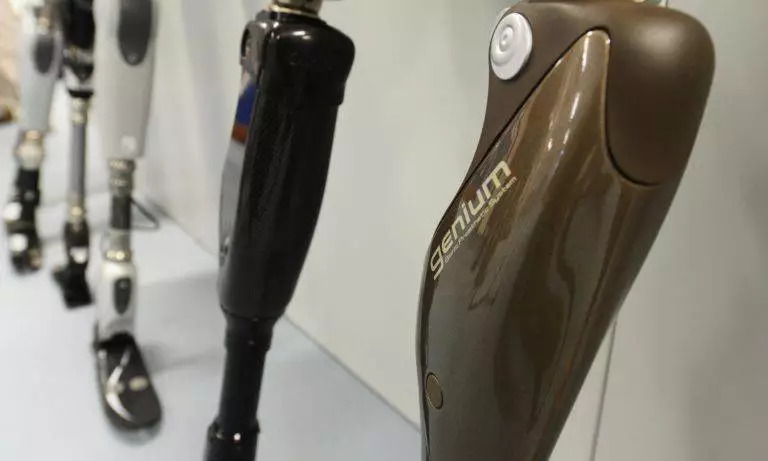
Reproductive organ printing
Scientists and doctors working in regenerative medicine have long dreamed of being able to print replacement organs and tissues for humans. The demand for organ transplants far exceeds the supply. "Bioprinting" refers to the use of 3D printing to make materials that mimic those found in the human body. It can produce tissues, bones, blood vessels, and even whole organs.
Drug manufacturing
3D printing can manufacture drugs according to the individual needs and preferences of patients, and can also manufacture drugs that cannot be successfully manufactured in the traditional field. For example, an anti-epileptic drug called Spritam can disintegrate within seconds after swallowing. The unique structure of the drug cannot be achieved by traditional manufacturing other than 3d printing.
3. Art and design
The application of 3D printing technology in the art world is also dazzling. Artists can draw designs by hand and then use materials such as metal, glass and ceramics for 3D printing. In 2014, the National Portrait Gallery of the Smithsonian Institution revealed a 3D printed portrait of President Obama. Other artistic achievements achieved through 3D printing include a sculpture replica of the classic Van Gogh's "Sunflower", and a project to analyze all the works of Rembrandt. However, 3D printing art has brought many ethical and copyright issues that still need to be further standardized. At the same time, 3D printing can also be used to make new musical instruments, the shape and material of the musical instrument determine its sound. 3D printing can provide new possibilities for musical instrument design, composition and sound. Musical instrument manufacturers have begun to experiment with 3D printing, launching novel instruments such as titanium violin.
3D printing has also begun to gradually change the process of furniture design. Traditionally, designing furniture requires a lot of time and investment. 3D printing simplifies the process, enables designers to test conceptual products faster, and provides customers with lower prices. The IKEA and MIT teams are working to bring 3D printed furniture to the mass market.
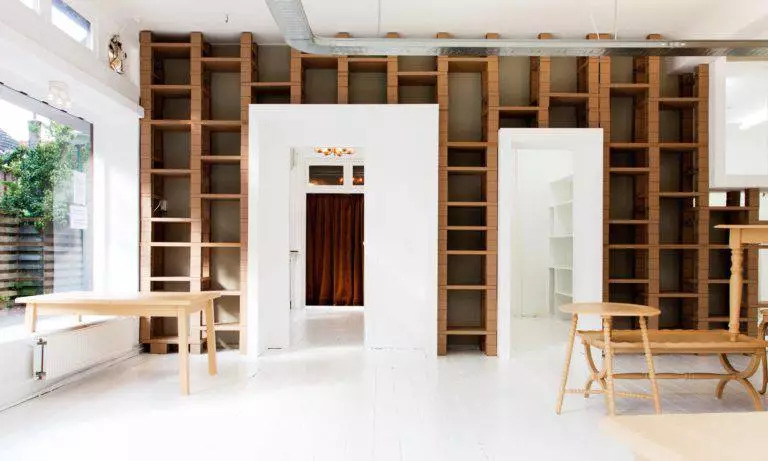
4. Building and construction industry
The application of 3D printing in architecture and construction is developing rapidly.
The application in the project design stage has been relatively popular: architects can use 3D printing technology in the design stage to directly turn drawings into printed real estate models, so that other non-technical personnel in the team can easily access the full-size 3D printed models , In order to cooperate with the better promotion and implementation of the project.
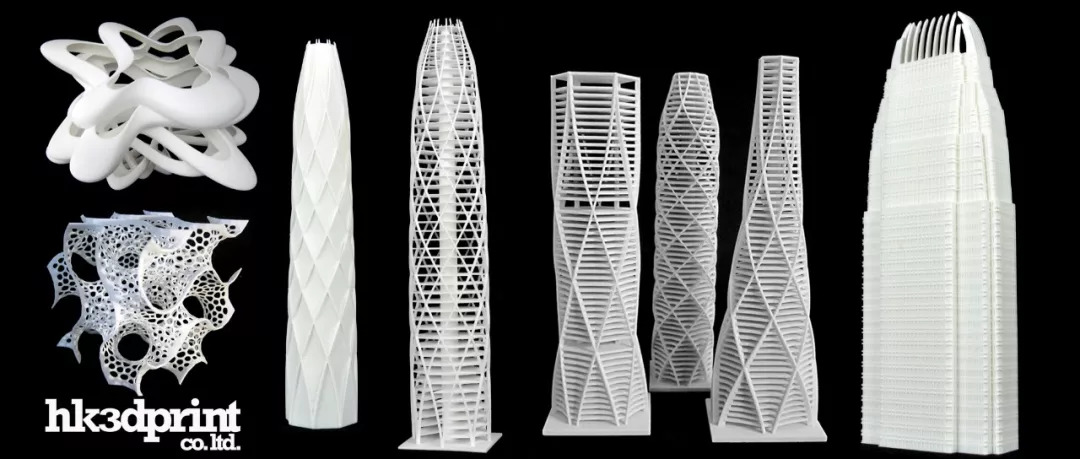
In the construction phase: 3D printed houses have been unveiled in several cities including Austin, Texas. They are very energy efficient and they are built at an amazing speed. The Dubai Future Foundation successfully manufactured the first 3D printed building in 2016. And surprisingly predict that by 2025, 25% of new buildings will be manufactured using 3D printers. In addition, 3D printing technology can also be used in the construction of post-disaster reconstruction.
5. Education
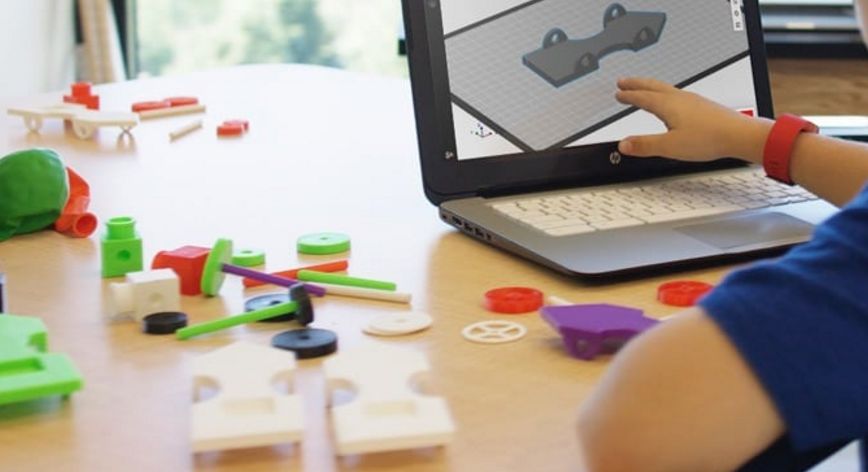
3D printing also has a great role in promoting education. First of all, teachers can use this technology to produce a variety of vivid educations to help students better understand knowledge from vivid models. For example, the internal structure of the cell is presented through 3D printing to make the students have a deep impression of the internal morphology of the cell. In addition, 3D printing can not only provide powerful experiment and production tools for science and engineering students, but also provide effective help for students in the fields of medicine and anthropology.
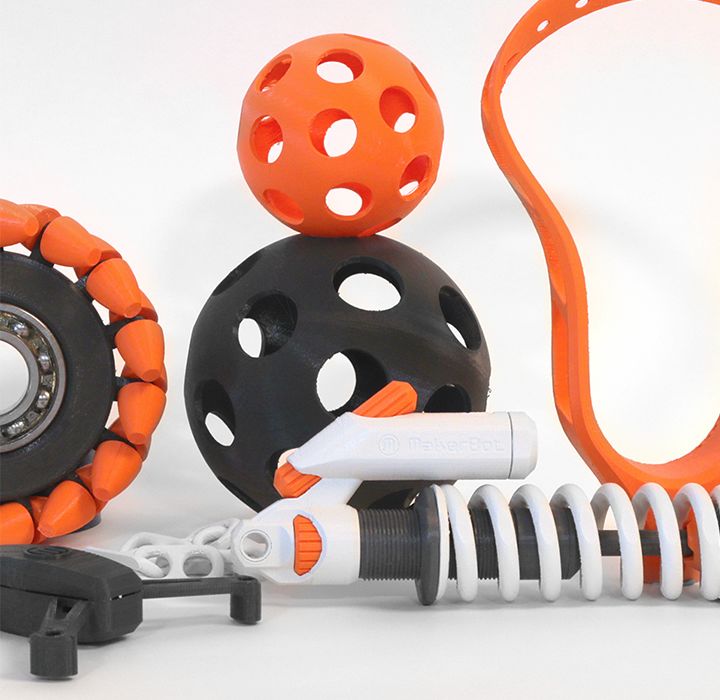
The powerful ability of 3D printing can construct accurate human structure based on the three-dimensional model of the human body, and at the same time can restore ancient archaeological relics, providing more in-depth research methods. Archaeologists can share archaeological data files, and anyone can 3D print accurate copies of artifacts. The printed copy can then be processed and studied freely by researchers, students or the public. The joint partnership between Harvard University, Oxford University and the Dubai Future Foundation recently launched a 3D printed replica of Palmyra's Arc de Triomphe, an ancient ruin that was destroyed by the Islamic State in 2015. In Peru, archaeologists took the mummified remains of an ancient priestess and used 3D printing to reconstruct her appearance. In the future, the museum can also 3D print the entire heritage site, recreating the full appearance of the cultural relics with unprecedented precision.
6. Food packaging
The main value of 3D printed food is convenience and customization. As professional diets become more and more common, 3D printed food is expected to achieve a more personalized on-demand diet experience.
In addition to various cooking automation robots, the most interesting one is 3d printed meal replacement foods. Unlike previous cooking methods that are derived from nature, 3d printed meal replacement foods use biological cell technology to produce ingredients, such as Said to produce fat-free milk, or a comprehensive nutritional combination food that tastes very good.
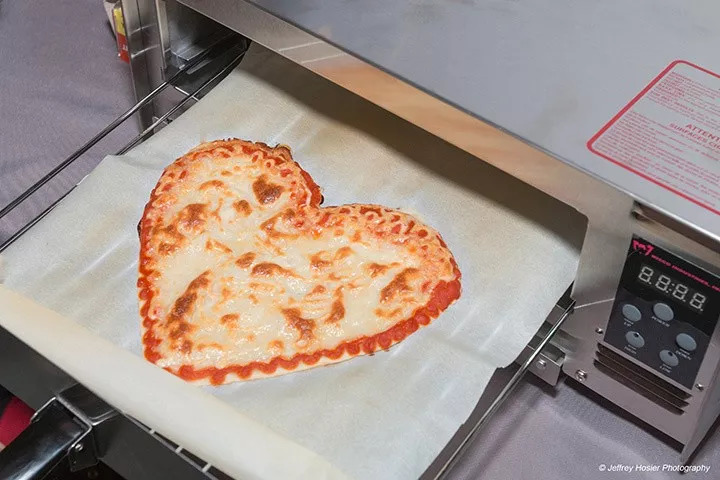
3D printing can also be used to fuse products and packaging. Energy drink company Smart Cups has developed 3D printed empty cup drinks. They sell empty cups, but when you add water, they become delicious energy drinks. This is because the water reacts with the 3D printed capsule at the bottom of the cup to produce a beverage. They plan to release the first four flavored energy drinks.
7. National Defense
Time and accuracy are crucial in the defense space. Military forces around the world are experimenting with 3D printing to enhance their combat capabilities.
3D printing will provide major possibilities for national defense, including innovating the industrial supply chain and providing new technological capabilities. The US military has launched some high-profile 3D printing projects, including the manufacture of grenade launchers and drones. 3D printing can also enable soldiers to make their own medicines and supplies on site.
In summary, the applicable aspects of 3D printing can be described as all aspects. Its advantages are mainly: high efficiency, flexibility, and alternative traditional manufacturing technology, which is very suitable for the small batch, personalized and rapid production requirements of our current society. Although there are still various shortcomings, the future is bright. I believe that with the continuous progress and development of science and technology, 3D printing technology will have more abundant and far-reaching applications.
Dongguan Guancheng Precision Plastic Manufacturing Co., Ltd. , https://www.dpowerchargers.com